Do you know how long your menstrual cycle is? When your period shows up every month, is it a surprise or do you know it’s coming? When you go to the doctor and they ask for the first date of your last period, are you prepared or do you give them a blank stare? Have you ever been on vacation and been completely caught off guard by Aunt Flo?
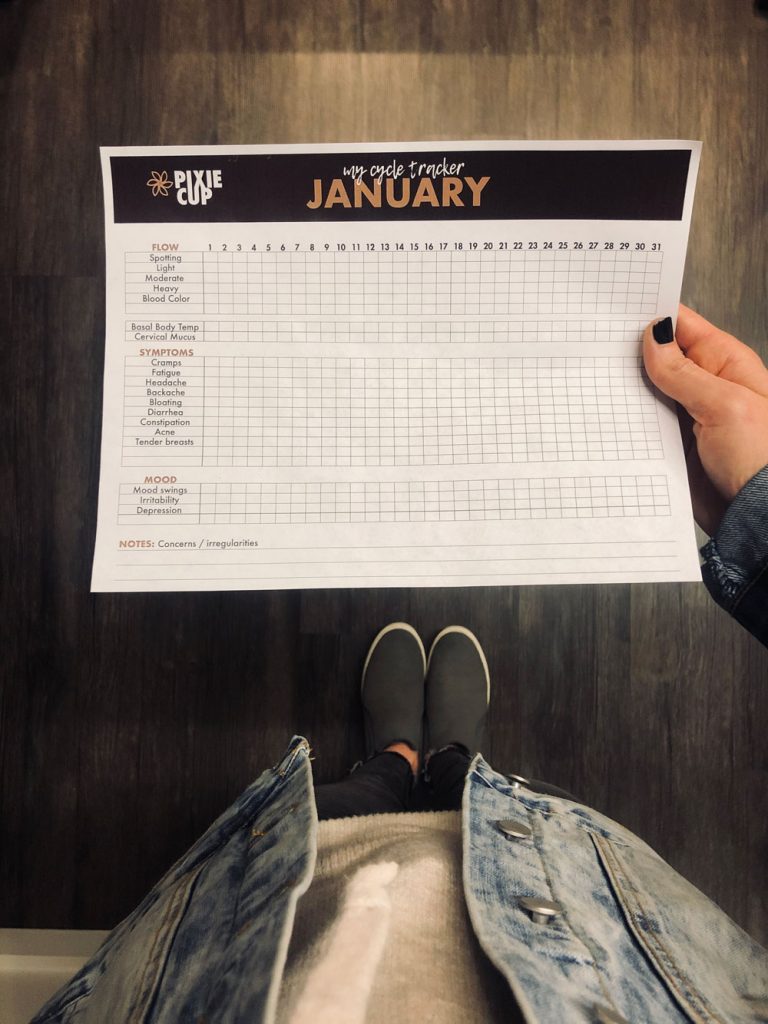
Tracking your period can help in all of these situations! Whether you use an app, write everything down on a paper period tracker, or do something completely unique and creative in a bullet journal, keeping track of different symptoms throughout the month can provide you with a wealth of information about your body. Not only will you know when to expect your period, you’ll also know when you’re about to ovulate and be able to identify any unusual symptoms that could indicate a health problem. And, arming yourself with all of this in-depth information about your own body will ultimately make you more comfortable with your cycle and help you feel more in control around “that time of the month.”
So how do you track your cycle? Let’s dive in!
What is a period tracker?
A period tracker is a tool for tracking various symptoms related to your menstrual cycle. Depending on your individual needs, this could include keeping track of information such as:
- Your period start and end dates
- Your basal body temperature
- Your flow volume
- PMS symptoms such as cramps or bloating
- Your mood
- Irregularities or any areas of concern
Why should you track your period?
There are countless reasons to track your period! At a very basic level, it can help you understand essential information about your menstrual cycle, such as how long your cycle typically lasts. One of the most common reasons to track your period is so that you can predict when your period will start. No more wearing pantiliners for days “just in case” or wondering if it’s okay to plan that weekend camping trip!
Knowing what’s normal for your body will allow you to monitor your health more closely. If you notice any unusual symptoms emerge, you can share these with your doctor. A change in your menstrual cycle is often the first symptom of a health problem — even those that may not seem related to the reproductive system, such as a thyroid issue or diabetes.
Other benefits of tracking your cycle:
- Plan important events around your period. You probably don’t want to worry about your period if you have an important event coming up, like a beach vacation or a wedding! Getting intimate with your cycle allows you to plan ahead.
- Know when you’re ovulating. You can use this information to your advantage whether your goal is to conceive or avoid conception!
- Plan around serious symptoms. Are you prone to anxiety, menstrual migraines, or severe cramps? You can look ahead and plan accordingly. Don’t make plans to go to a party if you know you’re going to want to binge watch your favorite show with a pint of ice cream!
- Know right away if your period is later than expected.
How do you track your menstrual cycle?
The symptoms you choose to track are totally up to you! You can keep track of just the length of your cycle, or you can track everything on the list — even add your own information! Our downloadable period tracker includes spaces to track your flow, basal body temperature, cervical fluid, common PMS symptoms, and mood, along with blank lines so you can add any additional information you want to keep track of.
Let’s take a closer look at how to track and use some of this information.
Your flow
This one is fairly self explanatory: keep track of when your period starts and how long it lasts. The first day of your period is Day One of your cycle, so start a new sheet on that day. Fill in the appropriate box for each day of your cycle according to how heavy your flow is. You may even want to use different colors to make it easy to spot changes over time.
If you like, you can include additional data such as blood color or flow volume.
Basal body temperature
What is basal body temperature (BBT)? Your BBT is the lowest body temperature reached during rest. As you sleep, your body temperature drops slightly. The average BBT range is between 97.0 and 97.7 during the first part of your cycle, and it increases slightly after ovulation.
If you’re interested in keeping track of when you ovulate, your basal body temperature can tell you! Start taking your temperature first thing every morning when you wake up, before you get out of bed. You can use a regular digital thermometer, or if you want to get super exact, use a basal body temperature thermometer specially designed for tracking ovulation.
Hormones released during ovulation make your BBT increase slightly. Midway through your cycle (typically around day 14), you should notice a sudden spike in your BBT. This means you have ovulated! If you’re trying to conceive, now is the perfect time to have intercourse. On the other hand, if you’re not trying to get pregnant, this is NOT a good time to have unprotected sex.
Cervical mucus
Have you ever noticed a white or off-white discharge in your underwear or on the toilet paper? This cervical mucus, or cervical fluid, is another indication that ovulation is approaching. Cervical fluid is produced by the cervix, and it changes in appearance and consistency as estrogen levels rise and your body prepares for ovulation.
For a few days after your period, you likely won’t see any fluid. During this time, a follicle in your ovary starts producing estrogen as it prepares to release an egg. As estrogen levels increase, more cervical fluid is released. It may change from a creamy, white fluid to a clear, stretchy fluid that is often compared to egg whites.
The purpose of cervical fluid is to help your body get pregnant. The fluid gives sperm a substance to swim in; otherwise, the sperm wouldn’t be able to reach the egg after it’s released. You can use your period tracker to keep track of cervical fluid so that you know when you’re about to ovulate.
PMS symptoms
Keep track of any other symptoms you experience, such as bloating, cramps, headaches, fatigue, or acne. After a few months of tracking, you may start to see some patterns emerge. This will help you predict when these symptoms are likely to occur during your next cycle so you can be prepared.
How do you calculate when your next period will be?
After ovulation, your cycle enters a stage known as the luteal phase, which lasts until menstruation. This is when the body prepares for a possible pregnancy. Levels of the hormone progesterone begin to rise, triggering the body to thicken the lining of the uterus. If you get pregnant, the fertilized egg has a nice, soft spot to implant and grow. If you don’t get pregnant, that lining is shed during your period.
Here’s the cool thing about the luteal phase: it’s very consistent. So if you know from tracking your cycle that your luteal phase is around 14 days, and if you also chart when you ovulate, you can get a really good idea of when your period will start.
What if your period is late?
Tracking your period will allow you to see right away if your period is late. After you’ve tracked for a few months and have a good idea of the length of your luteal phase, you should know within a couple of days if it’s time to go to the store for a pregnancy test!
You’ve probably heard that stress can delay menstruation. This is true — sort of. Stress can delay ovulation, but it won’t affect the luteal cycle. That means that stress during the first half of your cycle can delay your period, but stress that occurs after ovulation won’t have any effect on the length of your cycle. So if your period is late and you think worrying about it will just delay it further, it won’t! But, if you have severe or unusual stress around the middle of your cycle, it might be a good idea to note that on your tracker.
The end of your cycle
When your period starts again, it’s Day One of a new cycle. Make a note on your tracker of how long your cycle lasted. Unless you have a condition that affects menstruation, like PCOS, you’ll likely start to see a pattern emerge. If you know that your cycle is usually 28 days, you can plan around your period for months in advance!
Your period doesn’t have to be a mystery. Start tracking your cycle and you may be amazed at what you can learn about your own body! This is a lot of information, so don’t worry if it takes several cycles to get the hang of it! If you want to learn more about all of your menstrual symptoms and what they mean, check out the book Taking Charge of Your Fertility.
As always, if you have any questions, we’re here to help! We’d love to know how tracking your cycle has helped you. Drop a comment below to let us know!
Ready to start tracking? Download our handy period tracker and start getting to know your cycle!

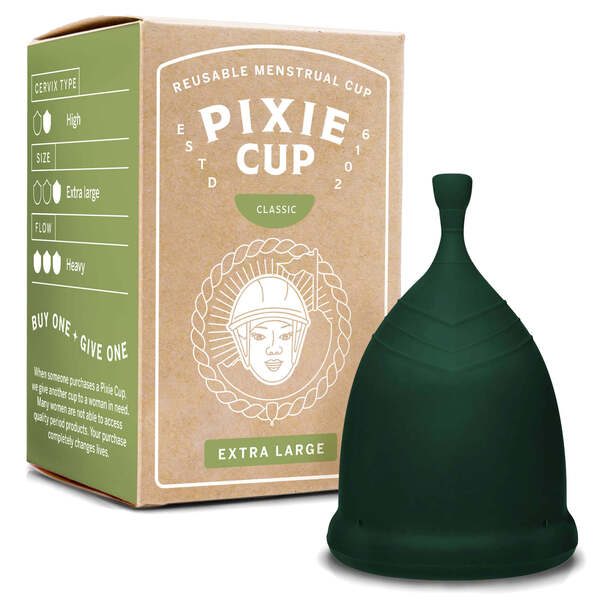

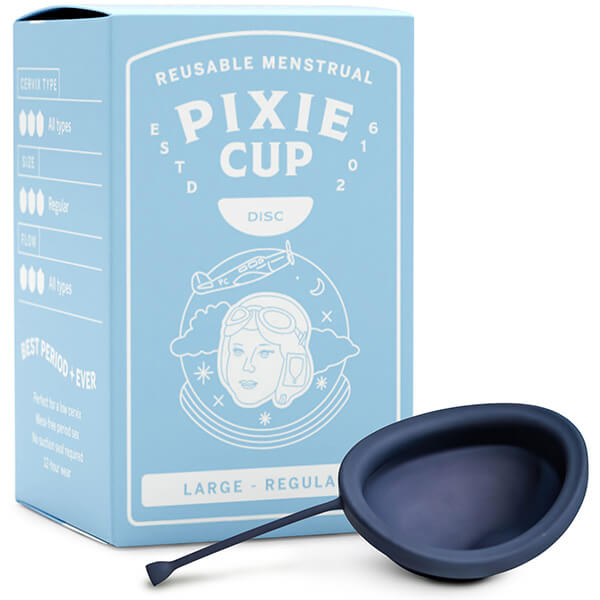
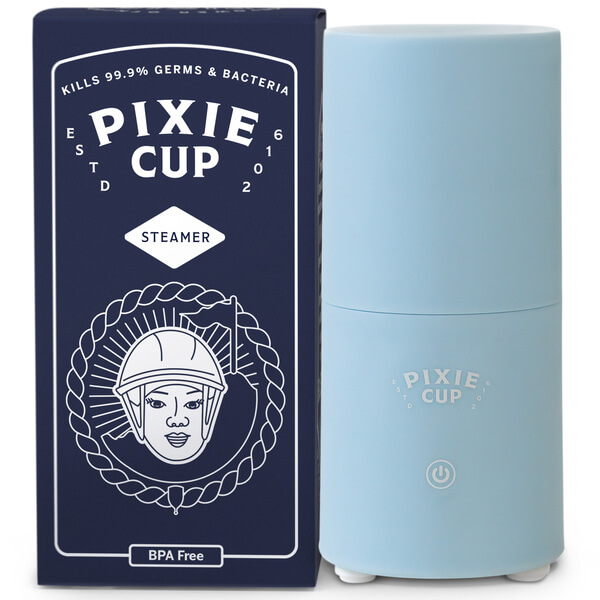
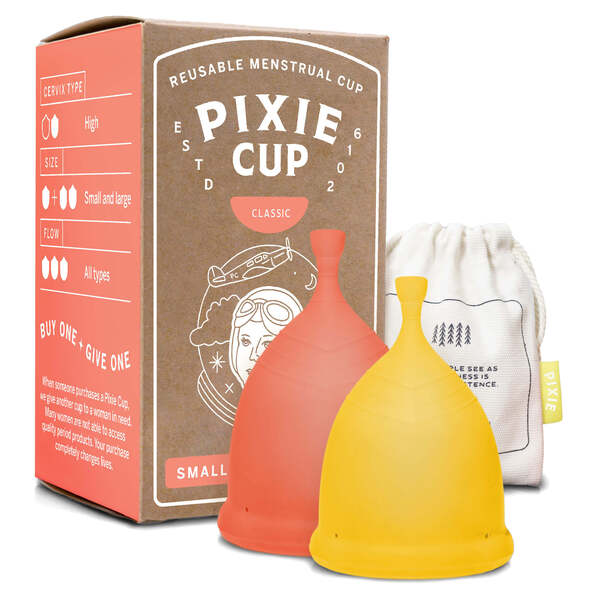
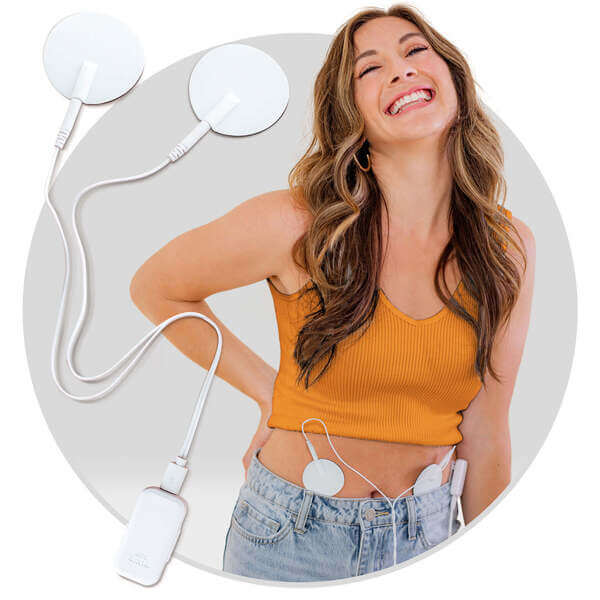
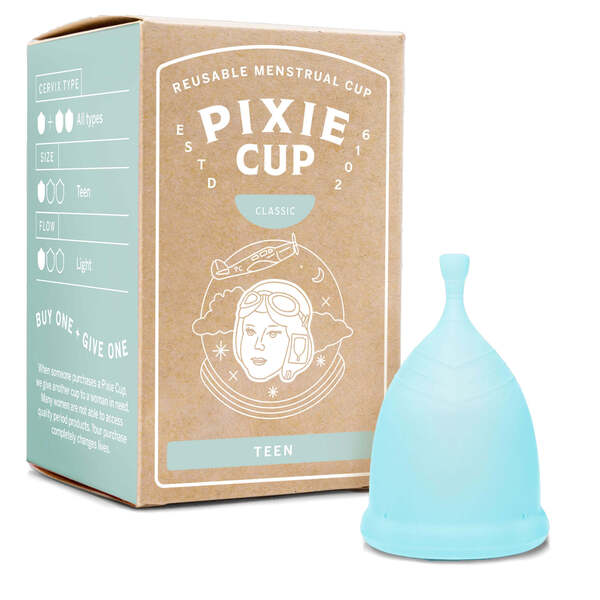
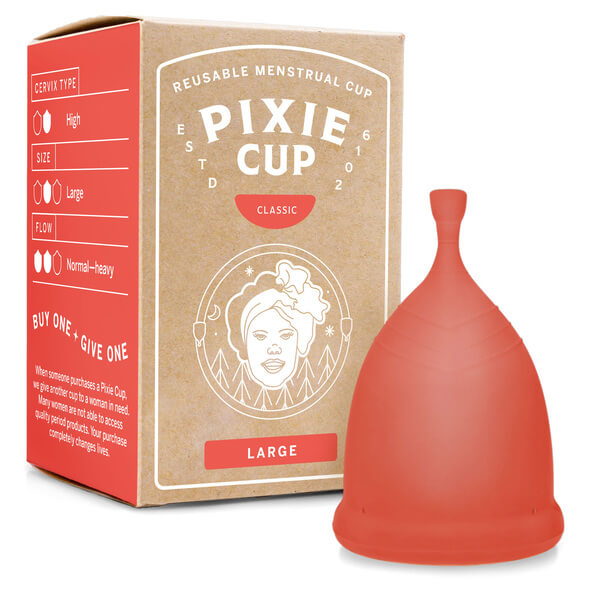
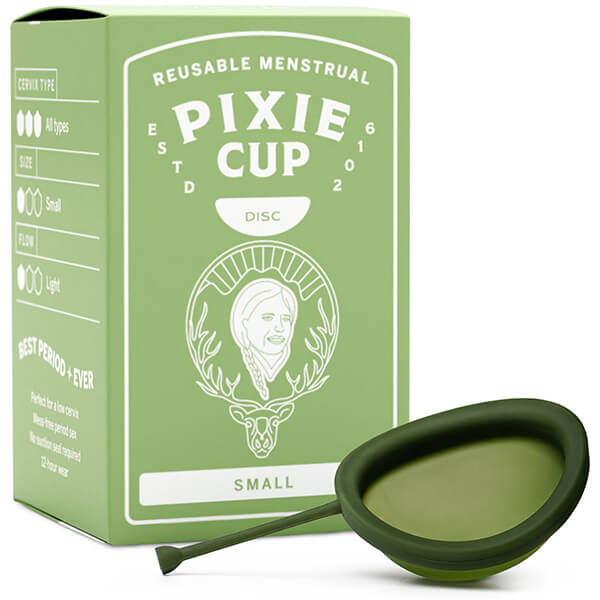


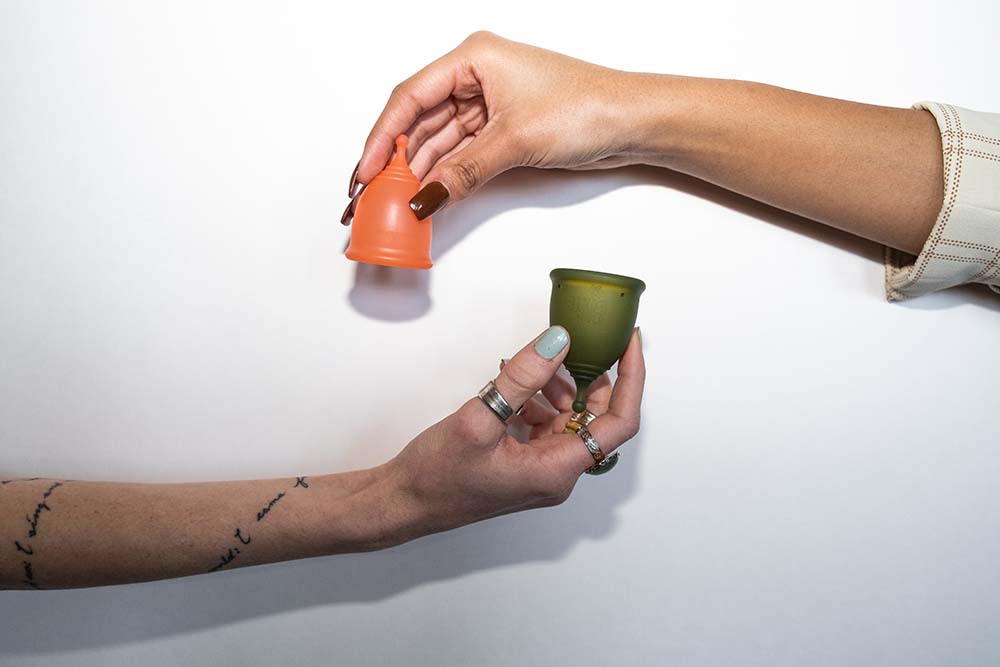
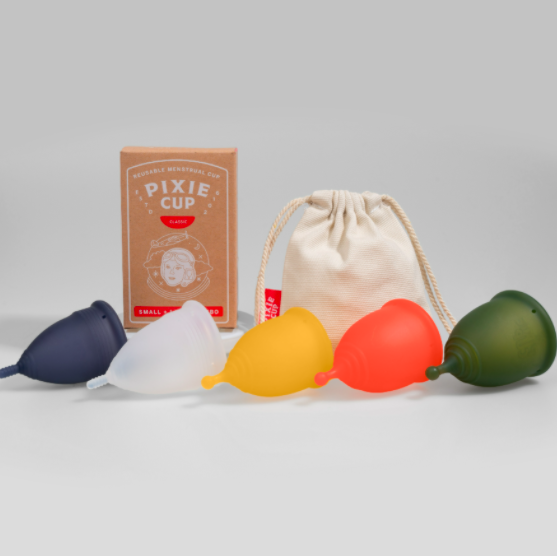

3 thoughts on “Benefits of using a period tracker”